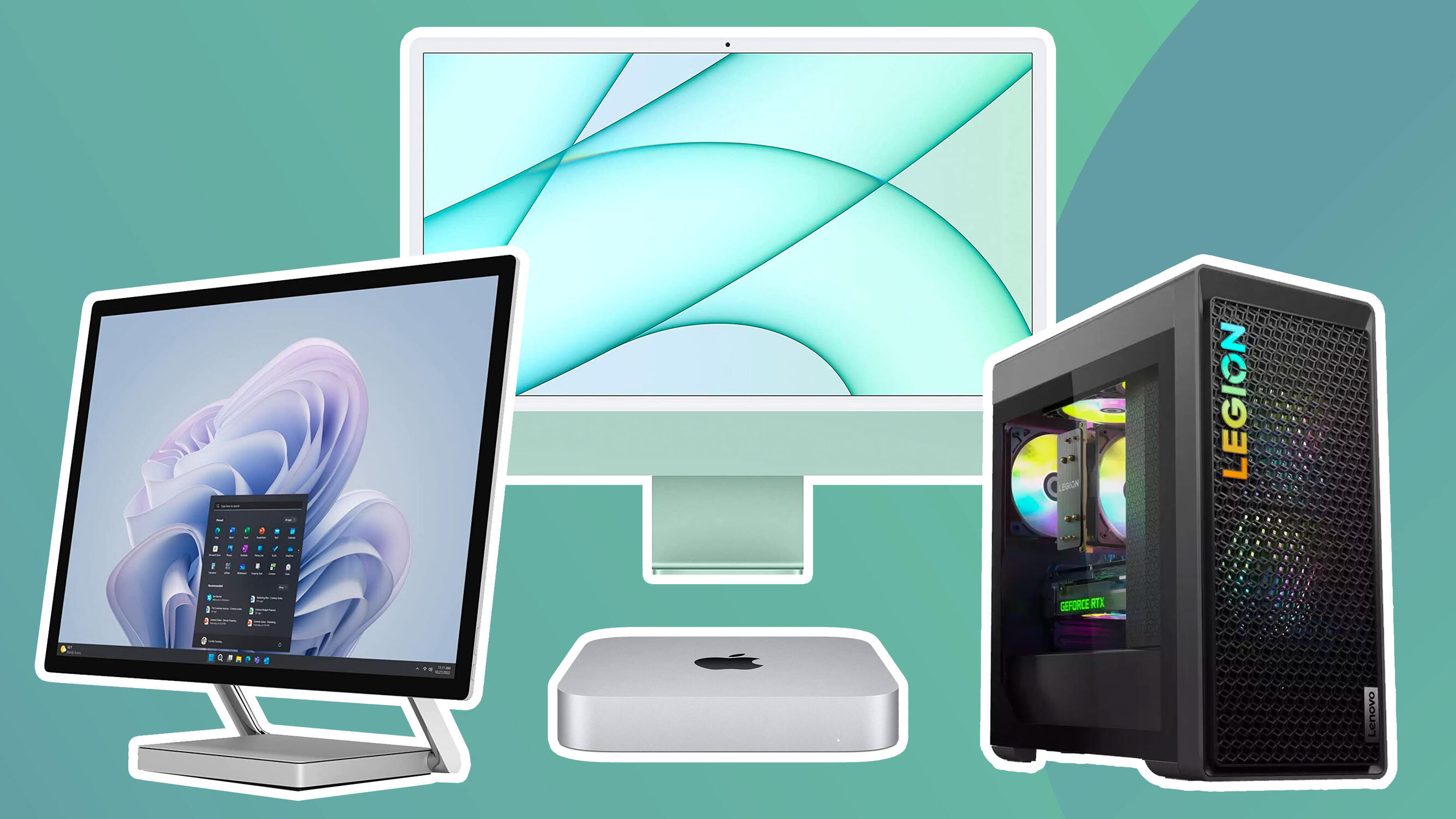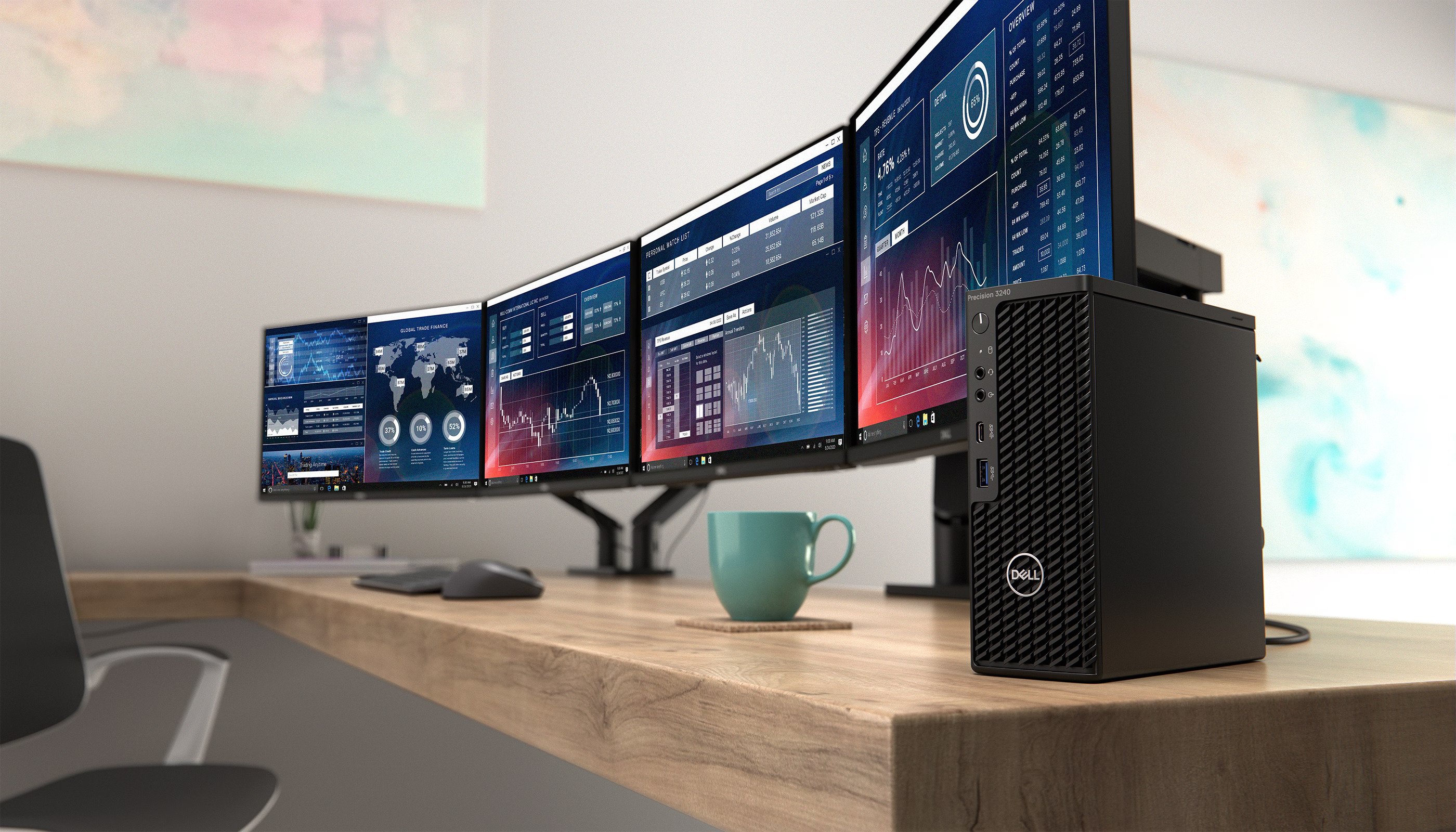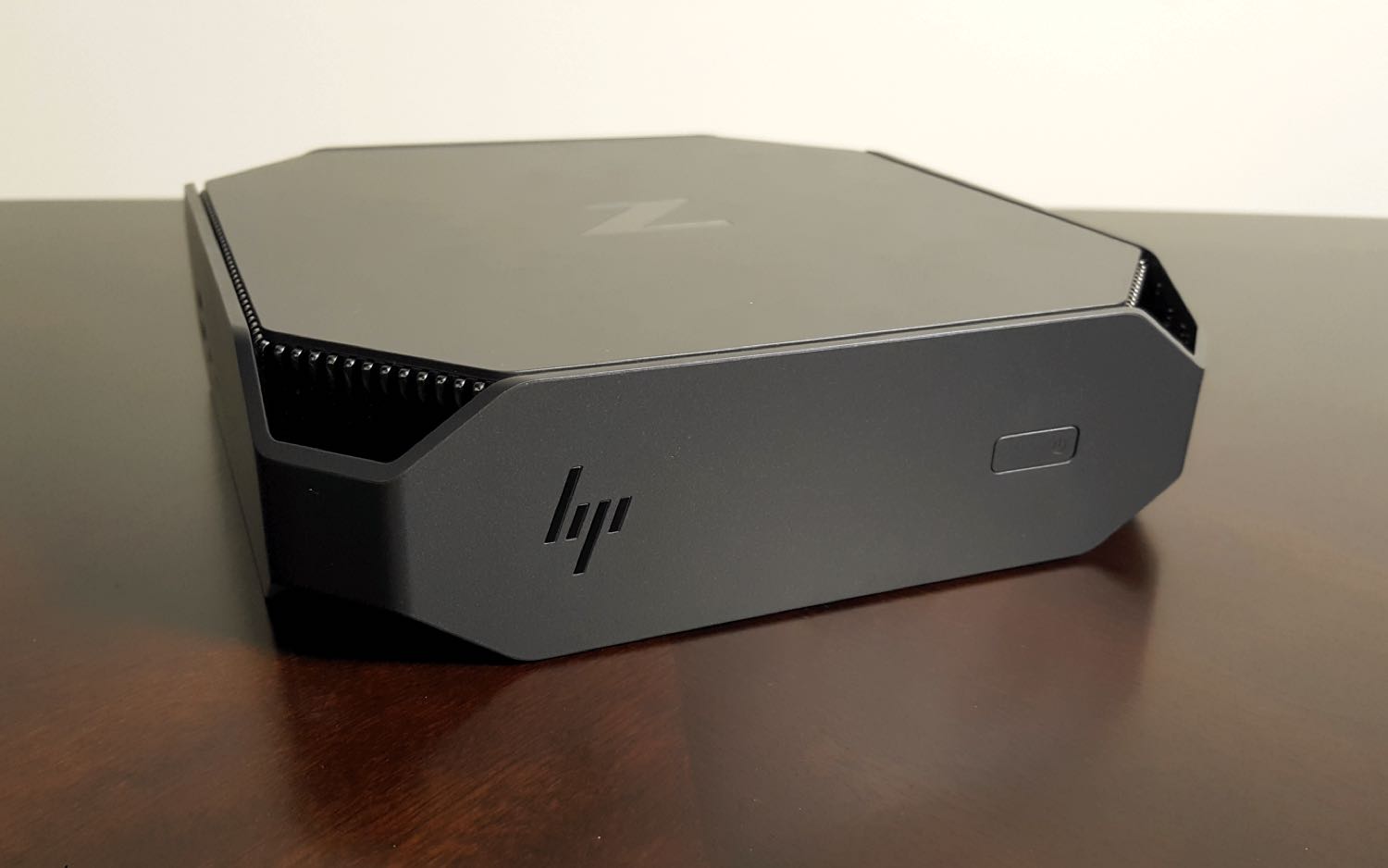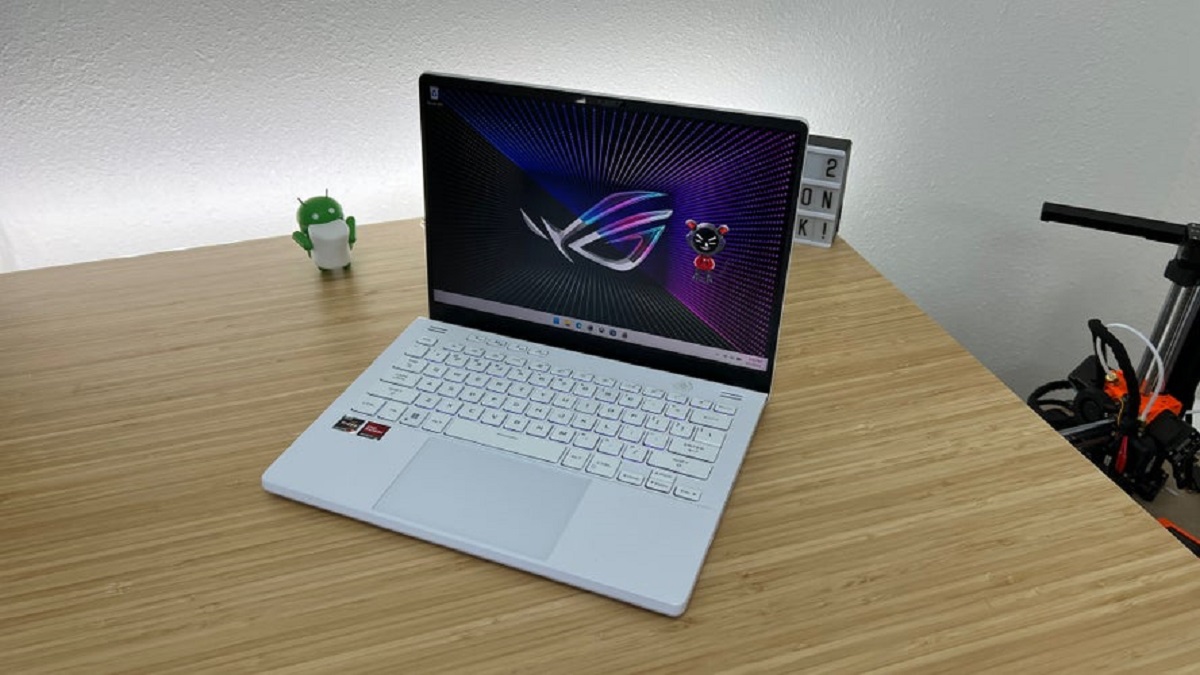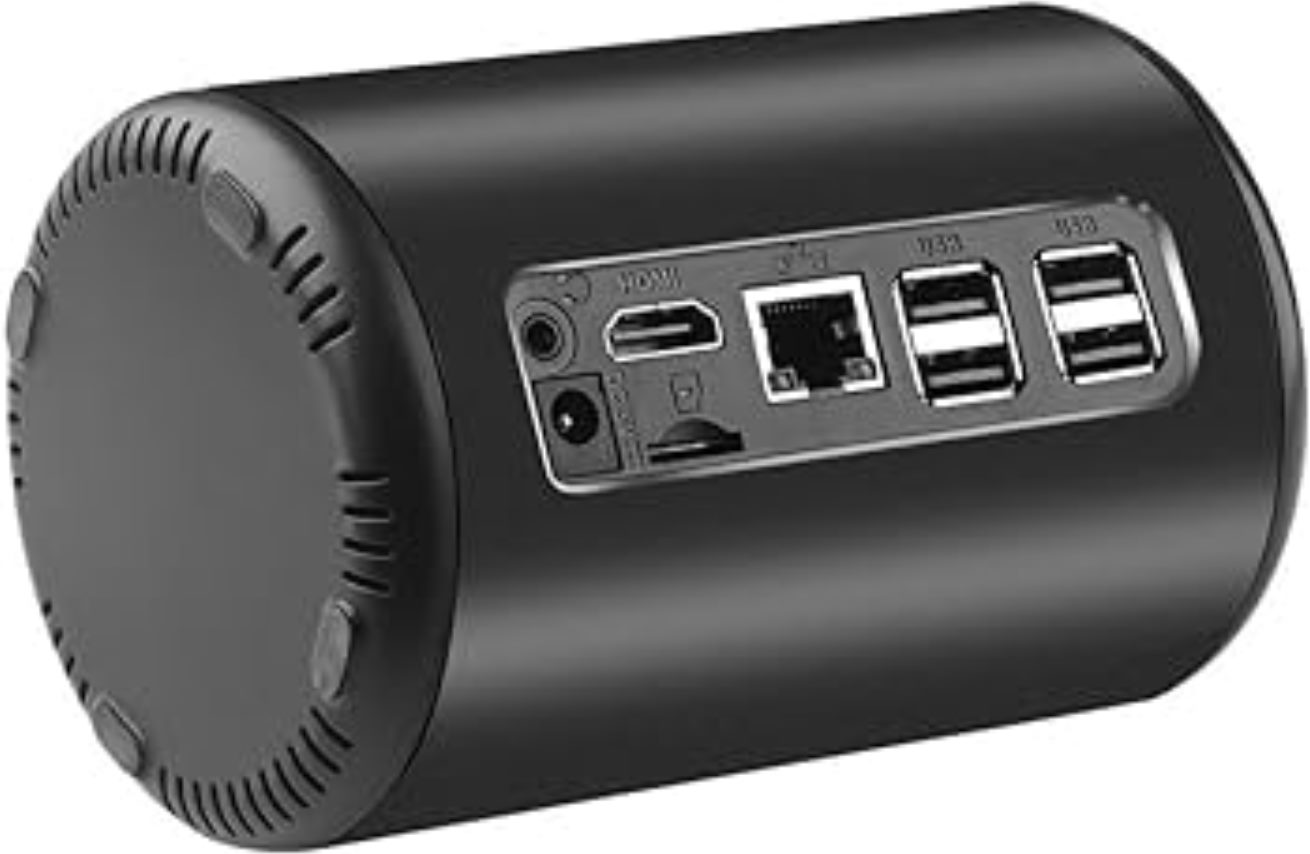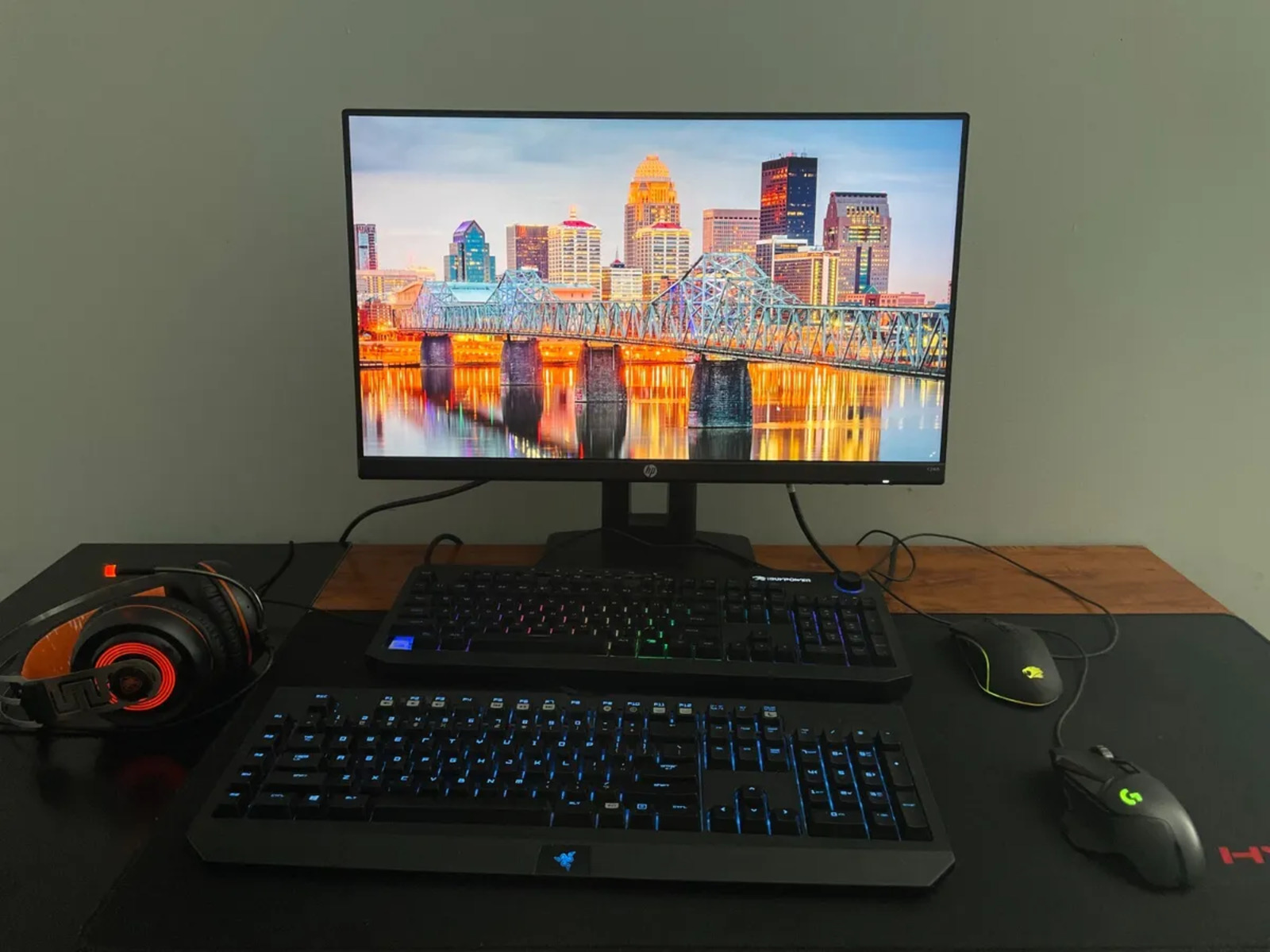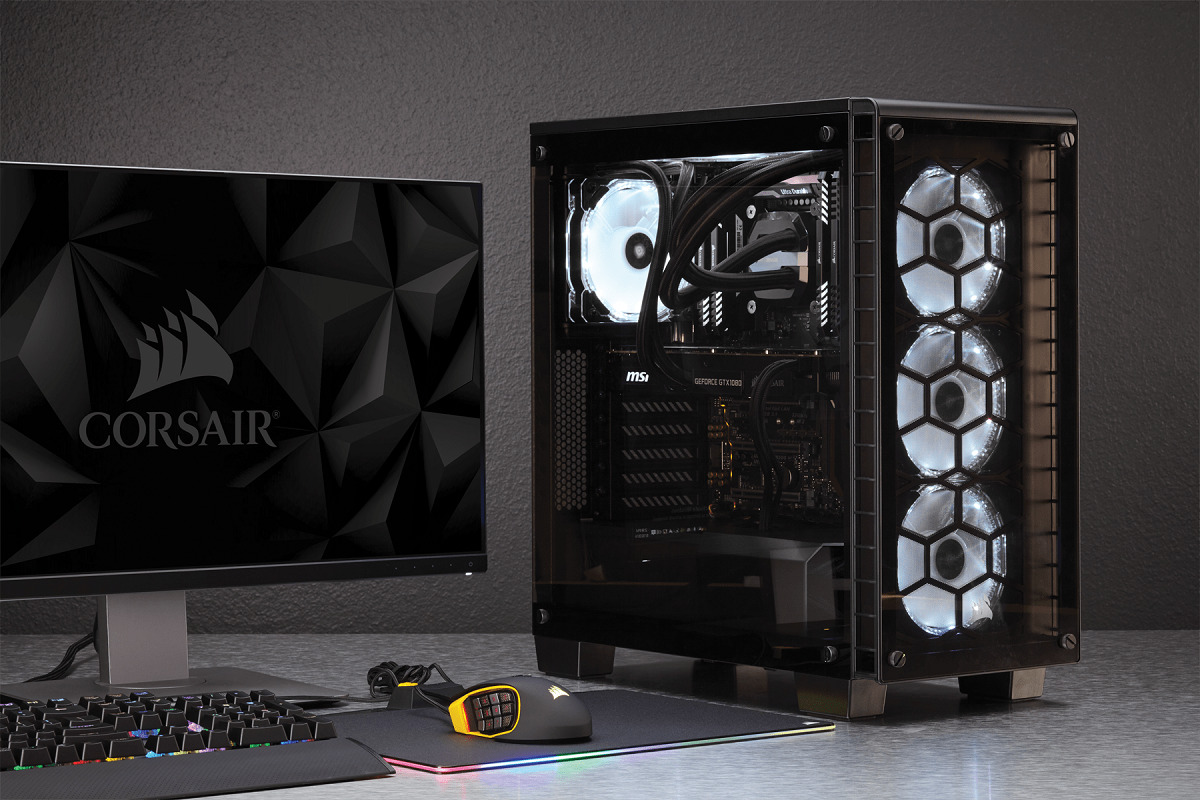Introduction
When it comes to professional work in the fields of graphics and audio, having a powerful and versatile workstation is essential. Both graphics and audio work demand high-performance hardware and software capabilities to ensure seamless and efficient workflow, as well as to deliver top-notch results.
In the past, graphics and audio workstations were separate entities, each with their own specialized hardware requirements. However, with advancements in technology and the increasing demand for multimedia production, there is a growing need for a PC that can combine the requirements of both a graphics workstation and an audio workstation.
Combining the requirements of a graphics workstation and an audio workstation poses unique challenges. Graphics work involves rendering complex 3D models, manipulating high-resolution images, and running resource-intensive design software. On the other hand, audio work involves processing and editing multiple tracks, applying effects, and working with large audio libraries.
Choosing the right PC that can handle the demands of both graphics and audio work is crucial for professionals in these fields. Factors such as processing power, memory, storage, and connectivity need to be taken into consideration to ensure smooth workflow and optimal performance.
In this article, we will explore the requirements of both graphics and audio workstations, discuss the challenges of combining them into one PC, and provide recommendations for PCs that are well-suited for professionals who need a workstation capable of handling both graphics and audio tasks.
Graphics Workstation Requirements
Graphics workstations require robust hardware and software capabilities to handle complex design tasks. Here are some key requirements to consider:
- Processing Power: A powerful processor is essential for handling CPU-intensive tasks such as rendering 3D models and running design software. Look for processors with high clock speeds and multiple cores to ensure smooth performance.
- Graphic Performance: Graphics-intensive tasks rely on dedicated graphics cards that offer high-performance GPUs. Choose a workstation with a powerful graphics card capable of handling tasks such as video editing, rendering, and graphic design.
- Memory: Having sufficient RAM is crucial for handling large design files and multitasking. Aim for a minimum of 16GB of RAM, but consider 32GB or more for complex projects and smooth workflow.
- Storage Space: Graphics workstations require ample storage space to store large design files, project assets, and software installations. Opt for fast SSDs (Solid State Drives) to ensure quick access and load times.
- Color Accuracy: For design professionals, color accuracy is paramount. Look for displays that offer a wide color gamut, high resolution, and support for color calibration tools to ensure accurate color representation.
- Connectivity: Graphics work often involves collaboration with clients or team members. Ensure that your workstation offers a wide range of connectivity options, including USB, Thunderbolt, and Ethernet, to facilitate seamless data transfer.
By meeting these requirements, a graphics workstation can provide the necessary performance and precision to handle demanding design tasks effectively.
Audio Workstation Requirements
An audio workstation requires specific hardware and software features to handle intensive audio processing tasks. Here are some key requirements to consider:
- Processing Power: Audio production involves real-time processing of multiple tracks and effects. Look for a high-performance processor with multiple cores and sufficient cache to handle the computational demands of audio processing software.
- Audio Interface: A high-quality audio interface is crucial for capturing and producing professional-grade audio. Look for interfaces with low latency, high-resolution audio support, and multiple inputs and outputs to accommodate various recording and playback needs.
- Memory: Adequate RAM is essential for loading and manipulating large audio files and multiple tracks. Aim for a minimum of 16GB, but consider higher capacities for complex projects or working with virtual instruments.
- Storage Space: Audio files can consume significant storage space, especially when working with high-resolution audio or multitrack recordings. Opt for fast and spacious storage options such as SSDs or large-capacity hard drives.
- Audio Monitoring: Accurate audio monitoring is crucial for making critical mixing and mastering decisions. Invest in high-quality studio monitors or headphones that provide a flat frequency response and accurate sound reproduction.
- Software Compatibility: Ensure that your audio workstation is compatible with industry-standard Digital Audio Workstation (DAW) software and plugins. Compatibility with popular plugins and virtual instruments will give you a broader range of tools to achieve your desired sound.
- Connectivity: An audio workstation should have a variety of connectivity options, including USB, Firewire, and Thunderbolt, to connect external audio devices such as microphones, MIDI controllers, and audio interfaces.
By meeting these requirements, an audio workstation can provide the necessary tools and capabilities to handle complex audio processing tasks and achieve professional-grade sound quality.
Challenges in Combining Graphics and Audio Workstations
Combining graphics and audio workstations into a single PC poses several challenges due to the distinct requirements of each field. Here are some of the main challenges:
- Resource Allocation: Both graphics and audio work require significant computational resources. Balancing the allocation of CPU, GPU, and RAM between graphics and audio tasks can be challenging to ensure optimal performance for both.
- Compatibility: Graphics and audio software often have different system requirements and may not be fully compatible with each other. Ensuring compatibility and smooth integration between graphic design software and digital audio workstations (DAWs) can be a complex task.
- Driver and Software Conflicts: Graphics and audio hardware drivers, as well as software plugins, can sometimes conflict with each other, causing stability issues or compromising performance. Careful selection and configuration of hardware and software components are necessary to mitigate these conflicts.
- Interference: Graphics processing can generate electromagnetic interference that may impact the audio signal quality. Special attention needs to be given to shielding and layout design to minimize interference between the graphics and audio components.
- Insufficient I/O Ports: Graphics and audio work often involve connecting multiple devices, such as external monitors, audio interfaces, MIDI controllers, and peripherals. Ensuring the PC has an adequate number of I/O ports to accommodate all these devices can be a challenge.
- Heat Dissipation: The intense processing required for graphics and audio work can generate significant heat. Adequate cooling systems, including efficient fans, heat sinks, and proper airflow, need to be in place to prevent overheating and maintain system stability.
Addressing these challenges requires careful consideration and planning when selecting and configuring a PC that can effectively combine the requirements of graphics and audio workstations. It is essential to choose components that are compatible and reliable, as well as to optimize system settings for the specific workflow demands.
Factors to Consider When Choosing a PC for Graphics and Audio Work
When selecting a PC that can cater to the requirements of both graphics and audio work, there are several key factors to consider:
- Processing Power: Look for a PC with a powerful processor that can handle the intensive demands of both graphics and audio processing. Consider CPUs with high clock speeds, multiple cores, and sufficient cache for optimal performance.
- Memory (RAM): Ensure that the PC has an ample amount of RAM to handle large design files, multiple audio tracks, and resource-intensive software. Aim for a minimum of 16GB, but consider higher capacities for complex projects.
- Graphics Card: Look for a graphics card that offers high-performance GPUs and is capable of handling graphics-intensive tasks. This will ensure smooth rendering, editing, and manipulation of visuals.
- Audio Interface: Choose a PC with compatible audio inputs and outputs, or invest in a high-quality external audio interface. This will ensure accurate sound capture and playback for professional-grade audio production.
- Storage: Opt for a PC with fast and spacious storage options, such as SSDs, to accommodate large design files, audio recordings, and virtual instruments. Ample storage space will also prevent bottlenecks in workflow efficiency.
- Connectivity: Ensure the PC has a variety of connectivity options to support external devices like audio interfaces, MIDI controllers, and monitors. This will facilitate seamless integration and collaboration with other hardware and software tools.
- Operating System and Software: Consider the compatibility of the PC’s operating system with industry-standard graphic design software and digital audio workstations (DAWs). Additionally, ensure that your preferred software and plugins are supported.
- Color Accuracy: If color accuracy is vital in your graphics work, invest in a PC with a display that offers a wide color gamut and supports color calibration tools. This will ensure accurate representation of colors in your designs.
- Budget: Determine your budget range and find a PC that meets your requirements without exceeding your financial limitations. Consider the balance between performance, features, and price to make an informed decision.
By considering these factors and selecting a PC that fulfills the requirements of both graphics and audio work, you can create a seamless and efficient workstation that enables you to produce high-quality multimedia projects.
Recommended PCs for Graphics and Audio Workstations
Here are some recommended PCs that offer excellent performance and are well-suited for graphics and audio workstations:
- Dell XPS 15: This laptop packs powerful hardware, including a high-performance processor, dedicated graphics card, and ample RAM. With its exceptional display and superb audio quality, it is an excellent choice for professionals who require portability.
- HP ZBook Studio G7: Designed specifically for creative professionals, this workstation offers a blend of power and mobility. It features a high-performance CPU, professional-grade GPU, and excellent audio capabilities, making it ideal for both graphics and audio work.
- Apple iMac Pro: With its stunning Retina display, powerful hardware, and optimized software ecosystem, the iMac Pro is a top choice for graphics and audio professionals. It offers efficient processing power, a high-resolution display, and excellent audio capabilities.
- Lenovo ThinkPad P15: This workstation boasts impressive hardware, including a fast CPU, powerful graphics card, and abundant RAM. It offers a range of connectivity options, excellent audio quality, and a color-accurate display, making it a great choice for multimedia professionals.
- Custom-built PC: Building a custom PC allows you to tailor the specifications to meet your specific requirements. Opt for high-performance components, such as an Intel Core i9 or AMD Ryzen processor, a high-end graphics card, ample RAM, and fast SSD storage.
These recommended PCs provide a combination of processing power, graphics capability, storage capacity, and audio quality that are essential for handling the demands of graphics and audio workstations. However, it is important to research and compare the specifications, prices, and customer reviews to find the best fit for your specific needs and budget.
Conclusion
Combining the requirements of a graphics workstation and an audio workstation into a single PC can be a challenging task. However, by carefully considering the specific needs of both fields and selecting the right hardware and software components, professionals can create a powerful and versatile workstation that caters to the demands of graphics and audio work.
Key factors to consider include processing power, memory, graphics performance, audio interface, storage space, connectivity options, and color accuracy. It is important to strike a balance between these factors to ensure optimal performance and efficiency in both graphics and audio tasks.
Recommended PCs such as Dell XPS 15, HP ZBook Studio G7, Apple iMac Pro, Lenovo ThinkPad P15, or custom-built systems offer high-performance capabilities, excellent graphics and audio quality, and ample storage space to meet the demands of graphics and audio workstations.
By investing in the right equipment and configuring it properly, professionals in the graphics and audio fields can maximize their productivity, creativity, and overall workflow. The key is to find a PC that meets the unique requirements of both graphics and audio work, allowing professionals to achieve outstanding results in their multimedia projects.







